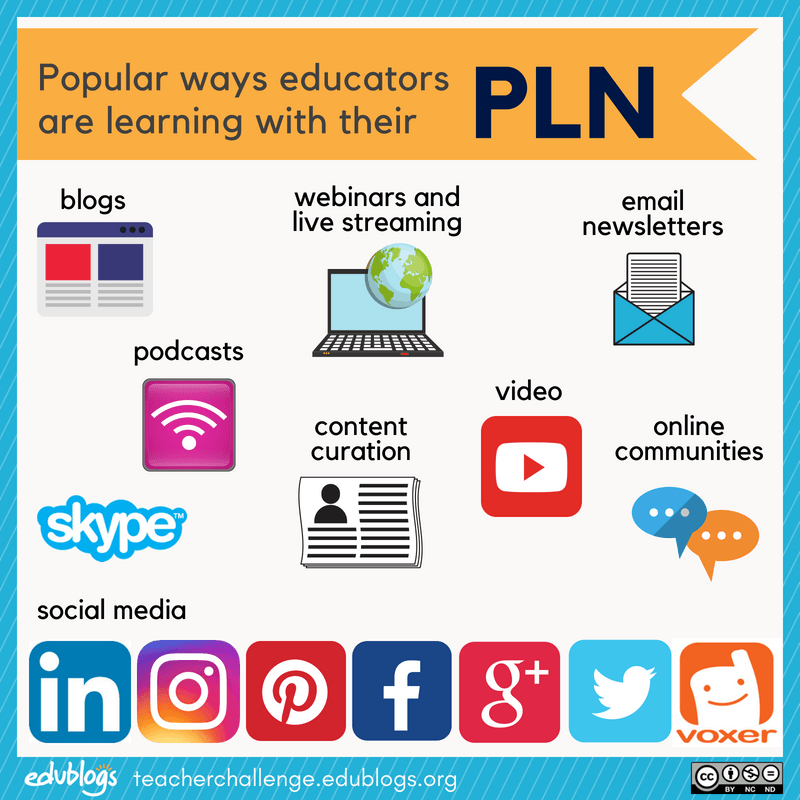
Due to its highly accessible and prevalent nature, we can see the normalization of social media as a way to communicate, educate, and circulate discourse. Social media as a discourse facilitator is a powerful tool in expanding your PLN, as individuals can efficiently post and access the judgements, abilities, and skills of others online – therefore supporting openness and diversity amongst users.
Which social media platforms are beneficial in education?
I believe that a social media platform beneficial to education is Twitter. Twitter is simple in the way that it can be a single tweet or a composed thread, in which people are encouraged to interact and engage with that users post through retweet, quote tweet, and like tweet options. Twitter stores a wealth of information posted daily, in which people are able to share their own opinion. It is a multifaceted platform, in which you can find tweets about any topic that happened at any point in time, from any degree of experience. You have immediate and free access to learning, and you can in return showcase your own knowledge – either through your personal account or anonymously.

Additionally, as the image above mentions, there are already a plethora or educators using Twitter. Individuals across a variety of experiences showcase their experiences and knowledges.
When working with the vulnerable sector, how does social media fit into professionalism and regulations?
Social media is an effective tool at giving voices to those who are not granted them in real life. As a popular route of activism, social media is an effectively power tool in amplifying wrongdoings. However, people can also take advantage of these vulnerabilities, and spread false information and divert from the real problem. Therefore when media or information is to be interpreted, it should be authenticated – through researching the author and their online professional identity. Social media platforms can do this by further regulating or ‘fact-checking’ popular information. For example, during the pandemic, social media platforms had automatically attached links to government facts to any posts including the term ‘COVID’ or ‘COVID-19’. This ensure that if you read something online about the virus, you could easily fact check it through an accessible and trustworthy link.